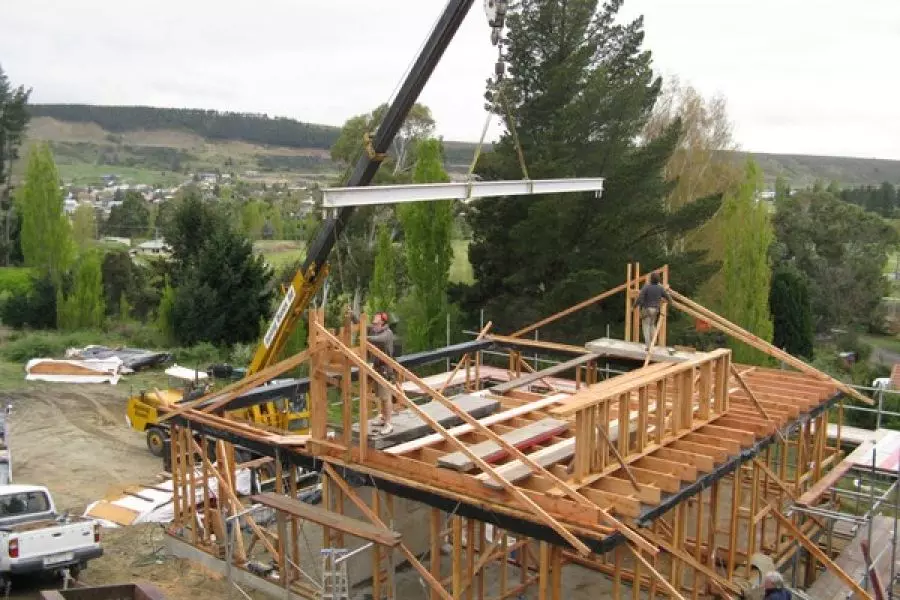News
Costs impact on consents

Friday 2nd of March 2018
New Statistics NZ data shows there were 1,916 new dwellings consents issued nationwide in January which, once seasonally adjusted, was a modest rise of 0.2% on December 2017.
This comes on the back of recent volatility: there was a 9.4% increase in consents issuance issuance in November followed by a 9.5% fall in December.
Stats NZ construction statistics manager Melissa McKenzi...
Want to read the full article?
Click the button below to subscribe and will have unlimited access to full article and all other articles on the site.






![[The Wrap] Bye Bye Bayly](https://goodreturns.publit.io/file/c_fill,w_900,h_600/39f23ac1-f7c7-4854-b700-a150004ebbac.webp)


